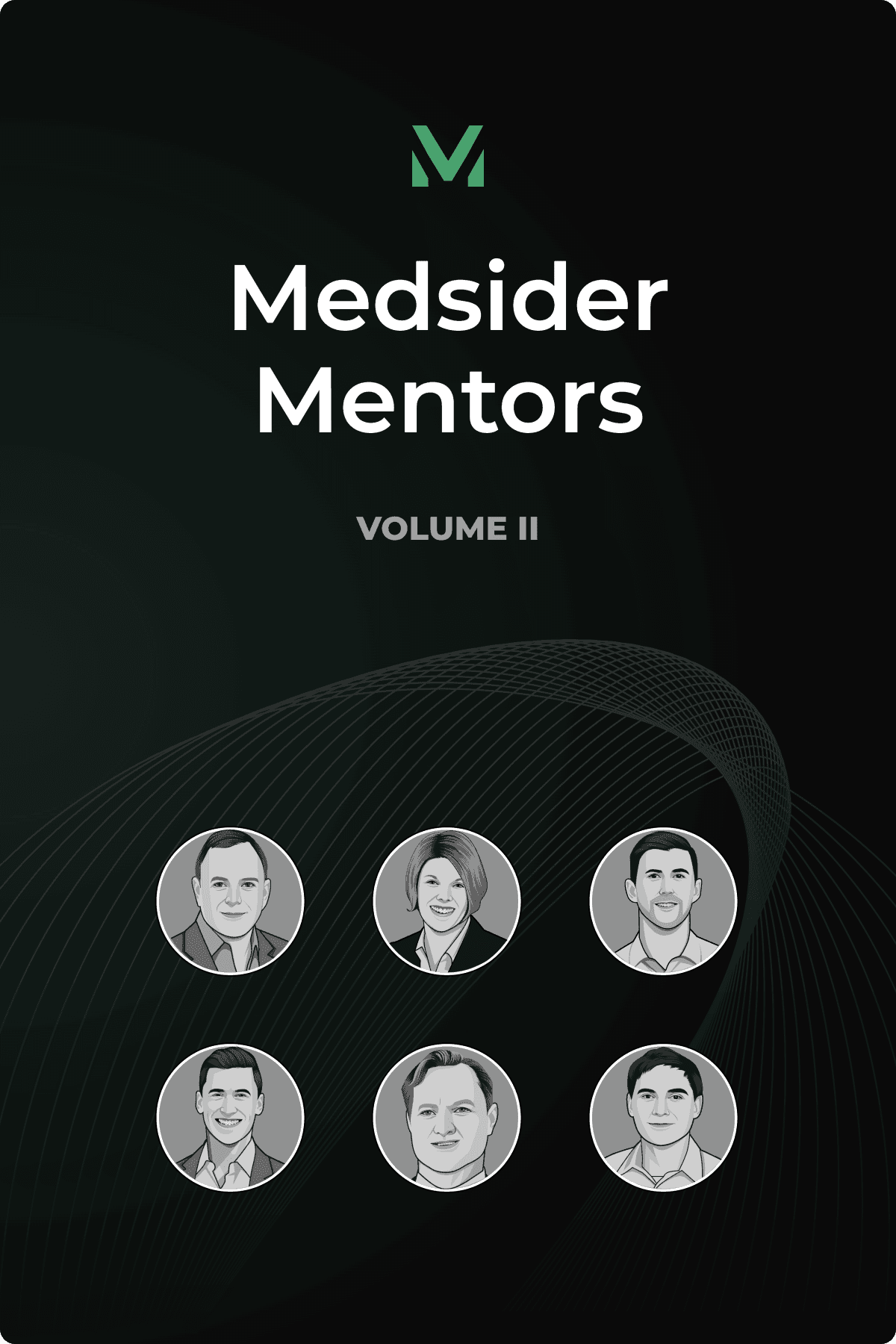Cultivating a Culture of Continuous Learning and Improvement
Interview with Biotricity CEO Waqaas Al-Siddiq

In this insightful interview, we had the pleasure of speaking with Waqaas Al-Siddiq, the founder and CEO of Biotricity, a cutting-edge remote patient monitoring company focusing on the cardiac landscape.
Waqaas is a serial entrepreneur, a former investment advisor, and an expert in wireless communication technology. His extensive background in engineering and business has contributed significantly to the success of Biotricity, making it a leader in medtech innovation.
Waqaas' journey began as an engineer at IBM, followed by stints at AMD and Intel before he ventured into investment banking. It was during his time in the cloud computing space that he became interested in wireless sensors and the future of healthcare. Inspired by the intersection of connectivity and cloud, he started working with Higi, a company that had built one of the largest healthcare gamification platforms and was later sold for $50 million. This experience eventually led him to create Biotricity in 2014.
With a vision to revolutionize cardiac care, Biotricity has developed an ecosystem of products that can track patients through their entire cardiac journey. Biotricity's primary product, Bioflex, has been used to track over 170,000 patients by 2,000 physicians across 35 states to date.
Recently, they’ve expanded their product portfolio with the introduction of Biotress and Bioheart, offering comprehensive solutions to patients and healthcare providers throughout the cardiac care process.
Key Learnings From Waqaas’ Experience
It’s vital to understand different user workflows and consider the commercialization aspect of your device during the product development phase. Addressing these points early on helps ensure the devices can be effectively integrated into users' routines and increases the likelihood of adoption.
When developing medical devices that are used by consumers, you have to cater to diverse needs, which requires striking a balance between providing patients with sufficient information and avoiding unnecessary concern that may arise from information overload. The best approach is to continuously learn from customers and adjust your messaging accordingly, taking into account the needs of various stakeholders.
In a saturated market like wearables, entrepreneurs need to focus on delivering clinical value and directing their efforts toward diagnosed patients or those with specific needs. This will help differentiate your products from the competition and allow for maximum impact.
You May Like These Articles
Medsider Premium
Become a premium member and unlock access to exclusive Medsider benefits.



